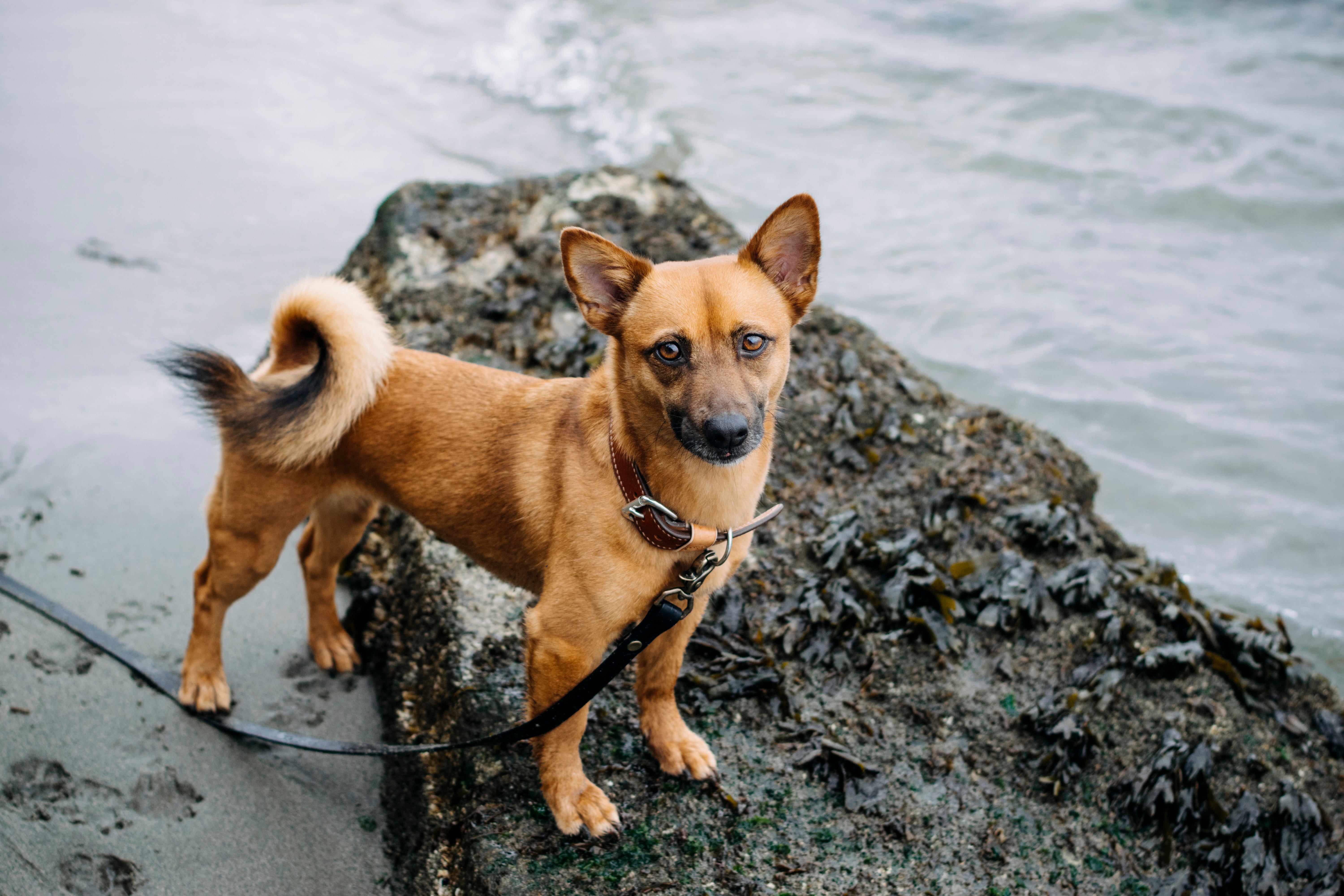If your dog pulls on the leash, lunges at distractions, or struggles to stay focused on walks, you’ve probably looked into solutions. Two of the most commonly recommended tools are the head halter and the no-pull harness—but how do you know which one is right for your dog?
Each tool has its strengths, and both can be effective when used correctly. This guide will help you understand when and why to use a head halter or no-pull harness, and what to consider before making your choice.

Understanding the Difference
Head Halter
A head halter fits around your dog’s muzzle and behind the ears, similar to a horse halter. The leash attaches under the chin, allowing you to gently guide the dog’s head.
What it does: Redirects your dog’s head and attention, helping to reduce pulling and lunging by controlling where they look.
Common brands: Gentle Leader, Halti
No-Pull Harness
A no-pull harness is a body harness with a leash attachment point at the front (chest) or back. Front-clip harnesses are especially effective for controlling pulling.
What it does: Redirects forward momentum, making pulling less effective and giving you more control without putting pressure on the neck.
Common brands: Easy Walk, Freedom No-Pull Harness, PetSafe 3-in-1
When to Use a Head Halter
Head halters are most effective for:
-
Strong pullers you have difficulty managing
-
Large or reactive dogs that lunge at people or other animals
-
Dogs that need help redirecting focus quickly
-
Dogs that are physically strong and outweigh their handler
-
Owners working on calm walking and attention-based training
Best for: Dogs who are not fearful of having gear near their face, and owners who can commit to a proper acclimation process.
Caution: A head halter is not a muzzle and should never be used to yank or jerk the dog’s head. Improper use can cause injury or fear.
When to Use a No-Pull Harness
No-pull harnesses are a great option for:
-
Puppies and young dogs who are still learning leash manners
-
Dogs that are sensitive to equipment on their face
-
Dogs who need mild control without any aversive pressure
-
Daily walking and basic leash training
-
Owners who prefer a simpler and more intuitive tool
Best for: Most dogs with moderate pulling or distraction issues.
Tip: Choose a harness that fits properly and allows full shoulder movement. Poorly designed or tight-fitting harnesses can restrict gait.
Head Halter vs. No-Pull Harness: Side-by-Side Comparison
| Feature | Head Halter | No-Pull Harness |
|---|---|---|
| Control Level | High | Moderate |
| Best for | Strong pullers, reactive dogs | General leash training |
| Comfort | May require acclimation | Often more comfortable |
| Learning Curve | Higher | Easy to use |
| Risk | Improper use can cause injury | Low risk if fitted properly |
| Redirects | The head | The chest/body |
Tips for Safe and Effective Use
-
Introduce slowly: Let your dog get used to any new gear gradually. Use treats and praise to create positive associations.
-
Never yank or pull harshly on a head halter.
-
Use with training, not as a replacement for it—tools help manage behavior, but don’t teach new skills on their own.
-
Fit matters: Whether you choose a harness or halter, correct fit is essential to avoid discomfort or escape.
Unlock your dog’s potential with professional training in St. Louis! Off Leash K9 Training in St. Louis is your trusted partner for developing a well-behaved, obedient dog, ready for off-leash adventures. We tackle issues from house manners to advanced obedience with tailored, effective methods. See the incredible transformation possible for your canine companion. Contact us at (314) 441-3935!

